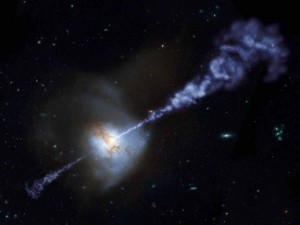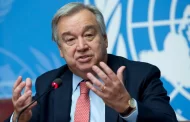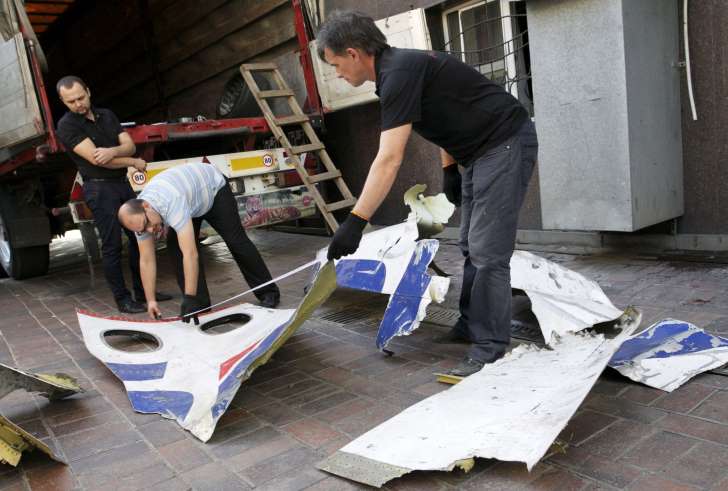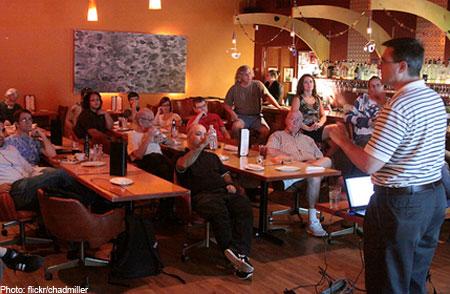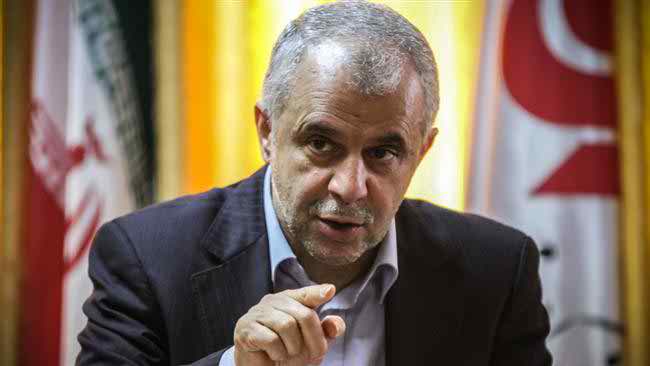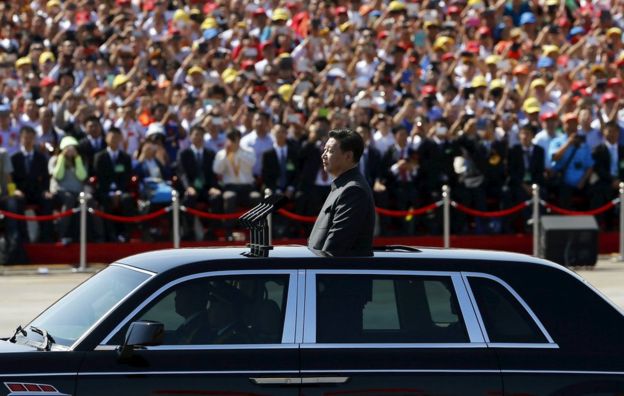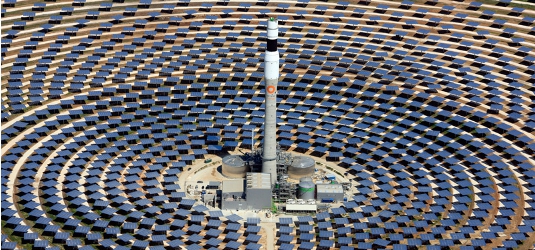 RIYADH – Saudi Arabia should install around 41 gigawatts of solar power over the next 20 years, more than any country has managed so far, as well as around 17 GW of nuclear capacity, the body responsible for planning the Saudi energy mix said on Tuesday.
RIYADH – Saudi Arabia should install around 41 gigawatts of solar power over the next 20 years, more than any country has managed so far, as well as around 17 GW of nuclear capacity, the body responsible for planning the Saudi energy mix said on Tuesday.
The King Abdullah City for Atomic and Renewable Energy (KA-CARE), set up to advise on the energy mix, said the 41 GW of solar capacity would meet a third of expected peak power demand in 2032, while nearly a sixth of installed capacity should come from nuclear and about half from oil and gas.
“I’m confident Saudi Arabia will approve a diversified energy mix this year,” Khalid al-Sulaiman, vice president for renewable energy at KA-CARE, told Reuters after a presentation outlining its recommendation to the Saudi government.
KA-CARE said the Kingdom should aim to build 16 GW of solar photovoltaic (PV) capacity and about 25 GW of concentrated solar power (CSP) capacity by 2032. CSP is more expensive than PV but allows for electricity storage, so its use would not be limited to sunny periods.
A spokesman for KA-CARE added that the kingdom should install a further 4 GW of geothermal and waste-to-energy capacity by the same date.
KA-CARE’s recommendations must be approved by its board of directors, which is headed by King Abdullah and includes the crown prince and the foreign minister, oil minister, finance minister and industry minister. The group could then move directly to implement the plans, Sulaiman said.
The world’s largest oil producer has built a negligible amount of solar power capacity to date, less than 50 megawatts, after saying a few years ago it would become a major solar power, but the 41 GW capacity target, if met, would propel it towards the top of the solar power table.
World solar leader Germany installed more than 7,000 MW in both 2010 and 2011, raising its total at the end of last year to 25 GW.
“Our advice would be to change the plans to 58 GW of solar energy. It’s cheaper, faster and there is no problem of waste fuel afterwards,” said Sven Teske, renewable energy director at Greenpeace International.
SOARING CONSUMPTION
A growing population and lavish subsidies have fuelled a rapid rise in Saudi electricity consumption, pushing the kingdom to burn crude oil in its power plants and thereby limiting the amount available for export.
Last summer Saudi plants burned an average of 730,000 barrels a day of crude. That figure may fall this year, however, as oil is replaced in power stations by newly available natural gas.
Sulaiman said that if the proposed solar capacity was installed, it would save the kingdom from burning 371,000 to 527,000 barrels of oil equivalent a day, depending on the season, to generate the same amount of electricity.
“Those (solar) targets are very reasonable, very realistic, very achievable and they’re all based on technologies that are available today and from pricing levels from today,” said Paddy Padmanathan, chief executive of Acwa Power, a Saudi electricity developer.
“The minute you start to value fossil fuel at the right price, the market price, it makes absolute economic sense,” he added.
Under most of the scenarios modelled by KA-CARE, nuclear energy emerged as one of the best ways for generating baseload electricity, and the 17 GW target implies more reactors being built in the kingdom over the next 20 years than those currently planned by any country other than China, India, Russia and the United States, according to World Nuclear Association data.
The kingdom has concluded nuclear energy cooperation agreements with the United States, Russia, China, France, South Korea and Argentina. It has still to agree a non-proliferation deal with Washington, however, preventing it from accessing U.S. nuclear technology.
“Twenty years is a fair stretch of time. I don’t see why it shouldn’t be doable, although It would obviously require a huge effort,” said Ian Hore-Lacy, spokesman for the World Nuclear Association.
Source : Reuters Energy, e-News Xclusive (@rrajowan)







